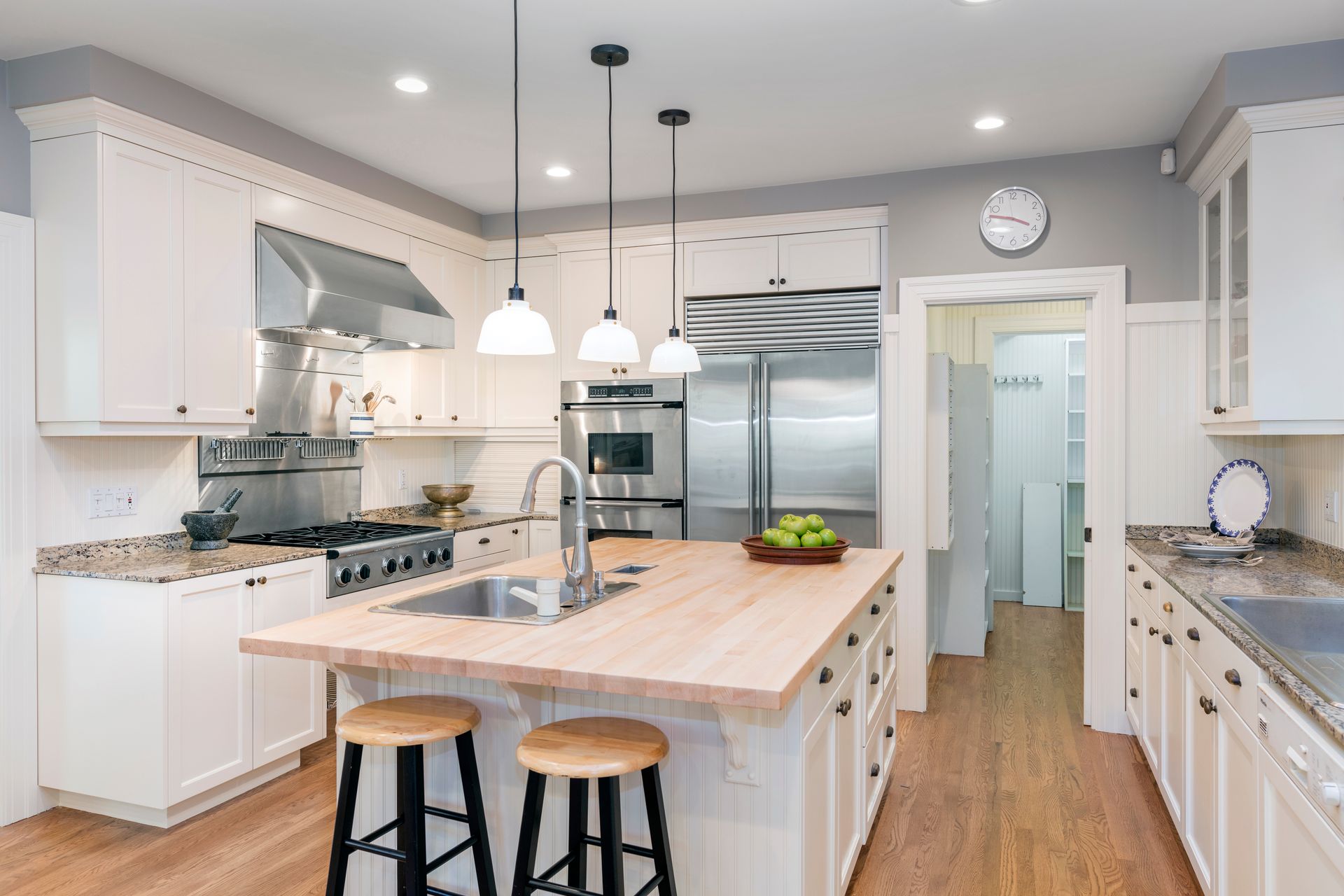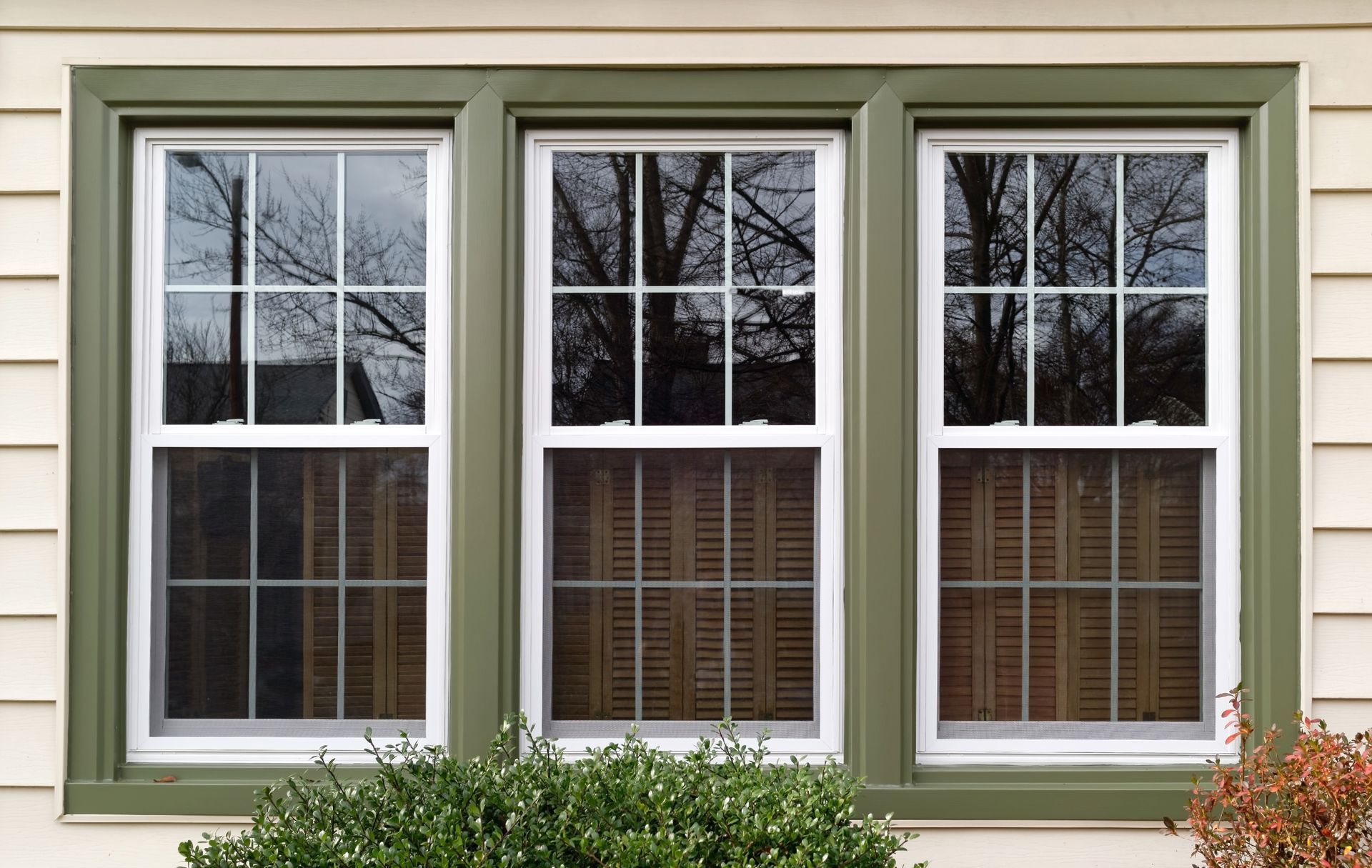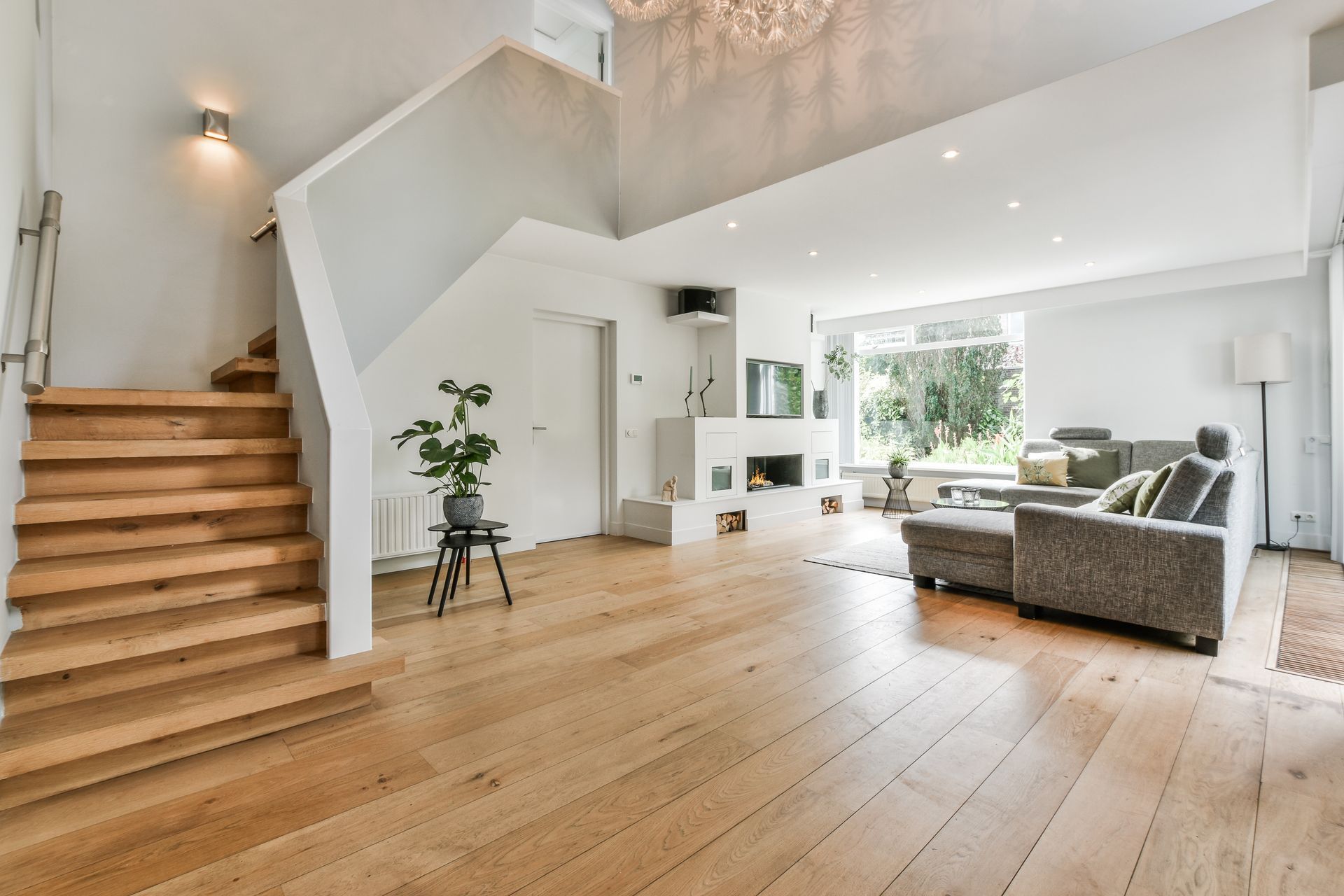Our Blog

November 18, 2024
Renovating a historical home is a unique undertaking that balances modernization with preserving character and charm. These homes carry the weight of history, and each renovation decision must respect the past while making the space livable for today’s standards. Here's how to approach the delicate task of updating a historical home without stripping away its soul. Understand the Historical Significance Before beginning any work, it’s crucial to understand your home's architectural and historical significance. Research its origins, the period it represents, and any defining features characteristic of that era. Local historical societies or a consultation with a historian can provide insights into your home’s background and guidance on preserving its integrity. Work with Preservation Guidelines Many historical homes are subject to regulations that govern renovations. Check if a heritage or historical society lists your home and what guidelines you follow. These guidelines often aim to preserve the exterior look and essential character-defining elements of historical properties. Understanding these rules early in planning will help you avoid costly mistakes and legal issues. Prioritize Structural Integrity Historical homes often require significant structural updates to meet modern safety standards. Prioritize these upgrades: Roof and Foundation Repairs: Ensure these critical elements are in good condition to protect the rest of the structure. Updating Electrical and Plumbing Systems: is essential for safety and functionality but must be done carefully to preserve the building's integrity. Preserve and Restore Key Elements Identify and preserve key architectural elements that define the home’s character: Original Woodwork: Strive to restore original woodwork, such as baseboards, moldings, and staircases. If restoration isn’t possible, consider custom reproduction. Windows and Doors: If possible, maintain the original frames and details. Use materials and styles that match the historical period if replacements are necessary. Floors: Preserve original hardwood floors when possible, or use period-appropriate materials for replacement or repair. Integrate Modern Amenities Carefully Modernizing a historical home for comfortable living is essential but should be done without overshadowing its character: Kitchens and Bathrooms: These areas often require complete updates to meet contemporary needs. Choose designs that complement the home's architectural style while discreetly incorporating modern appliances and conveniences. Heating and Cooling: Installing modern HVAC systems in historical homes can be challenging. Opt for solutions like mini-split systems or radiant heat that minimize alterations to original structures and aesthetics. Use Sympathetic Materials When additions or replacements are necessary, select materials that reflect the home’s era and offer longevity and energy efficiency. This might mean opting for specially milled wood that matches the original, period-appropriate paint colors, or roofing that mimics historical materials but uses modern technology. Document the Process Keep detailed records of all renovation decisions and processes, including photographs before, during, and after the renovation. This documentation can be invaluable for future renovation work or historical records. Conclusion Renovating a historical home is both a privilege and a responsibility. It’s about extending the life of a home that has stood the test of time, making it functional for today while respecting its historical essence. With careful planning, respect for the past, and thoughtful integration of modern necessities, you can ensure that your historical home continues to be a testament to its era even as it moves into the future.
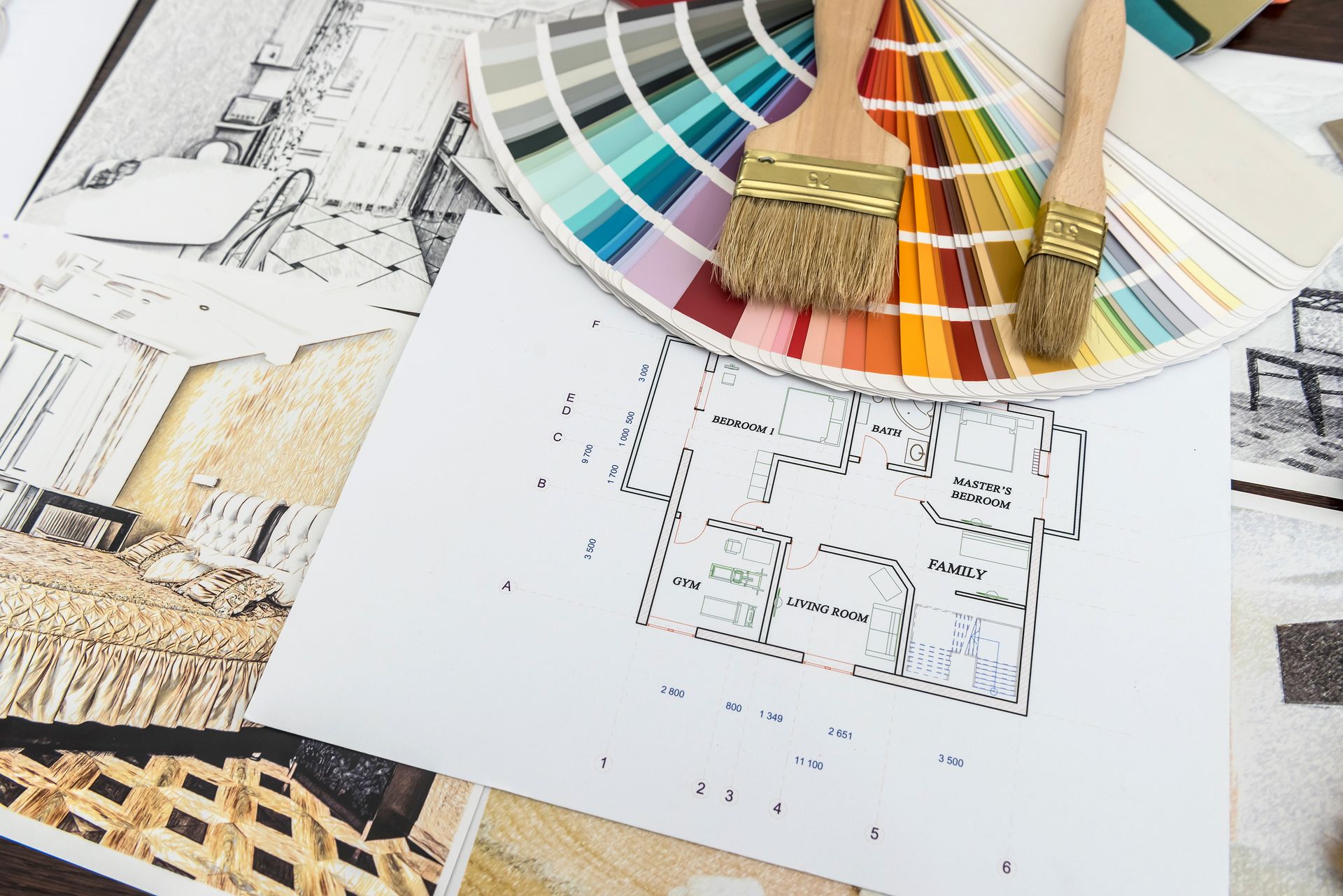
August 12, 2024
Renovating your home doesn’t have to be an expensive ordeal. With some strategic planning, DIY spirit, and smart choices, you can refresh your space without depleting your savings. Here’s how to undertake home renovations that are both budget-friendly and impactful. Prioritize Your Projects Before you start, it’s important to prioritize which projects will have the most significant impact and are necessary for your comfort and the home's functionality. Make a list of all the updates you’d like to make, then rank them based on urgency and potential to increase your home's value. Focus on changes that offer the most noticeable improvement in aesthetics and functionality for the least amount of money. Plan and Budget Carefully Once you've prioritized your projects, create a detailed plan and budget. Research the average cost of the materials and, if needed, labor costs. Always add a buffer of about 10-20% for unexpected expenses. Sticking to a budget requires discipline, so track every expense to avoid overspending. Choose Cost-Effective Materials You don’t need the most expensive materials to achieve a stylish look: Repurpose or refurbish what you already have. For example, repaint your cabinets instead of replacing them, or refresh old furniture to give it a new lease on life. Shop around for deals on materials. Look at local hardware stores, online marketplaces, or salvage yards for discounted materials from other projects. Choose alternatives that look expensive but are more affordable. For example, opt for laminate countertops instead of granite, or vinyl flooring instead of hardwood. DIY When Possible Do-it-yourself can be a great way to save money, provided you have the right skills and tools: Painting is one of the easiest and most cost-effective ways to transform a space. Simple tiling can be learned through various online tutorials and can update a kitchen backsplash or bathroom floor. Installing fixtures like lighting, faucets, or even new hardware on cabinetry is typically straightforward and can dramatically enhance the look of your home. Focus on Small, Impactful Changes Sometimes, minor updates can make a big difference: Change out hardware on cabinets for a fresh look. Update light fixtures or add new shades to existing ones to change the ambiance of a room. Add new curtains or blinds to improve a room’s aesthetics and comfort. Reduce Labor Costs Labor can be a significant part of renovation costs: Do your own demolition if the project requires it. Removing old flooring, tiles, or cabinets can save you a lot on labor costs. Learn new skills through classes or online videos that can allow you to take on more complex projects. Barter with friends and family who have the skills you need. Offer something in exchange for their help with your renovation projects. Engage Expert Renovation Contractors for Specialized Tasks While DIY projects can save money, knowing when to call in expert renovation contractors is crucial. Professionals should handle Complex tasks requiring specialized skills, such as electrical work, plumbing, or structural modifications, to ensure safety and compliance with local building codes. Hiring experienced contractors guarantees that the work is done right and can prevent costly mistakes and future problems. When choosing a contractor, always check references, verify licenses and insurance, and get multiple quotes to ensure you receive a fair price for quality work. Investing in professional help for critical aspects of your renovation can ultimately save you money and add value to your home. Conclusion Refreshing your home on a budget is possible with careful planning, creativity, and some elbow grease. Prioritize the projects that will make the most impact, choose cost-effective materials, and don't hesitate to do some of the work yourself. Following these tips, you can transform your space without emptying your wallet.
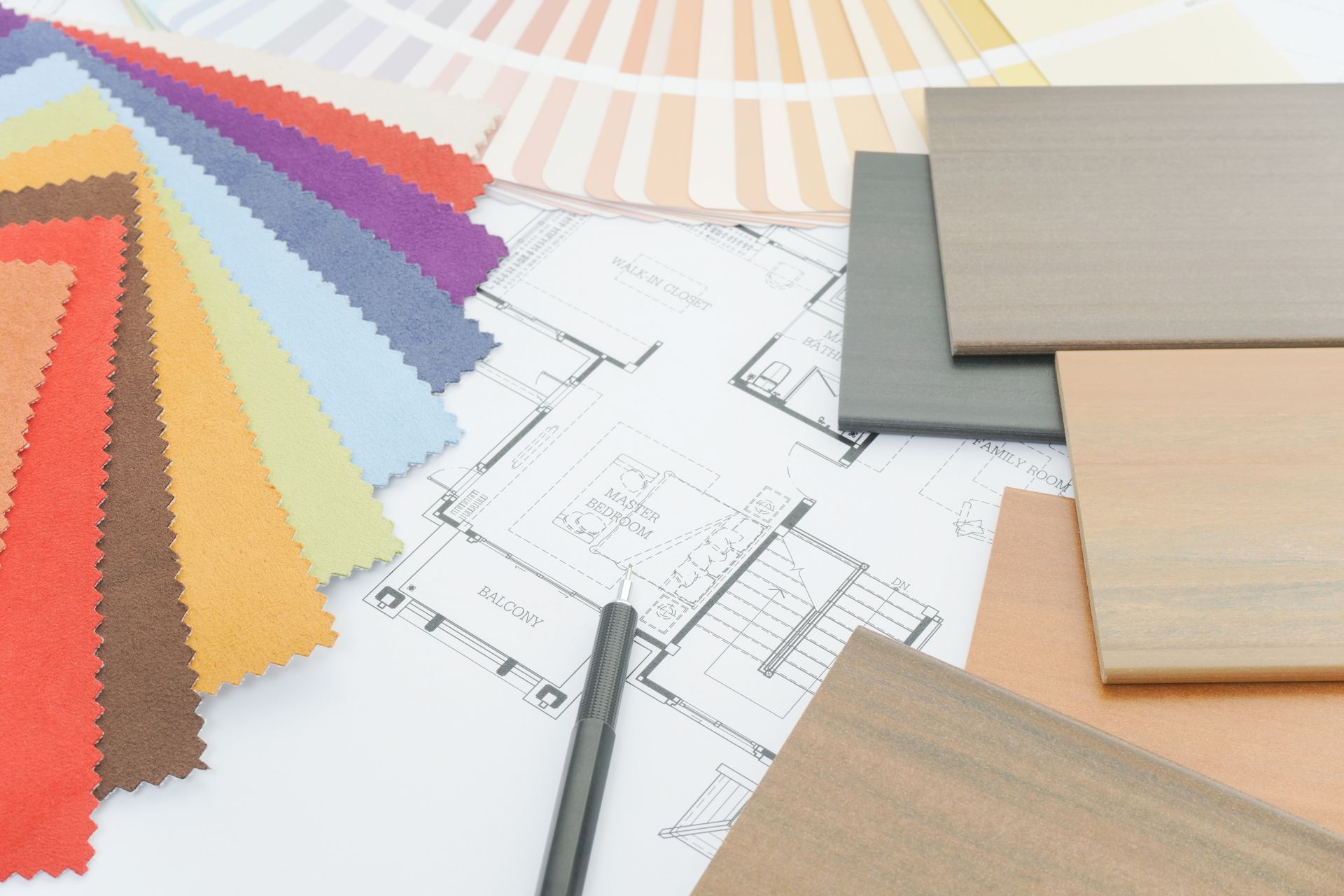
June 18, 2024
Choosing the right color palette is one of the most impactful decisions in a home renovation. Colors personalize a space and set the mood and atmosphere, affecting how we feel in our environment. Whether planning a full remodel or simply refreshing a room, selecting the appropriate color scheme can transform your space into a place that reflects your taste and enhances your home's ambiance. Here’s how to pick the perfect palette for your renovation project. Understand Color Psychology Colors have the power to evoke emotions and influence our mood. Understanding the psychology behind colors can help you decide what atmosphere you want to create in your space: Blues and greens are calming and restful, ideal for bedrooms and bathrooms. Yellows and oranges evoke happiness and energy, making them great kitchen and dining area choices. Reds are dynamic and stimulating, suitable for entertaining and socializing spaces, such as living rooms. Neutrals (whites, grays, and beiges) offer versatility and can be calming or sophisticated, depending on their use and combinations. Consider the Space The function of the room plays a crucial role in color choice: High-traffic areas like hallways and living rooms might benefit from darker colors or higher-sheen paints that can handle more wear and tear. Light colors can make small spaces appear larger, while dark colors can add depth and create an intimate atmosphere in expansive rooms. Draw Inspiration from Your Environment Look around your home and consider the elements that won’t change, such as flooring, large furniture pieces, or architectural features. Use these as the foundation for your color scheme: Natural light can dramatically affect a color's appearance. Observe how different colors look in the room at various times of day. Existing decor elements can inspire a palette that harmonizes new and old colors. Create a Cohesive Flow Consistency in color use can help create a sense of flow throughout your home: Choose a base color that appears in every room, then select complementary colors for different spaces to create variety while maintaining unity. Transitioning spaces like hallways and staircases work well with neutral shades that link the color schemes of different rooms. Sample Before You Commit Always test your color choices in the space before finalizing: Purchase sample paint pots to apply large swatches on the walls in different room areas. Observe the samples at different times of day to see how lighting affects them. Consider different finishes; gloss levels can impact the color’s appearance and feel. Think Beyond Paint Remember, color can come from many sources, not just wall paint: Textiles and art can introduce color and texture to a space. Decorative accents like pillows, rugs, and curtains offer flexible color options that can easily be changed. Conclusion The right color palette is key to a successful renovation. It can transform a dull space into a vibrant area or turn a chaotic room into a peaceful sanctuary. By understanding the basics of color psychology, considering the function and lighting of each room, and choosing a palette that reflects your style and the intrinsic beauty of your home, you can ensure your renovation enhances both the value and the enjoyment of your living space.
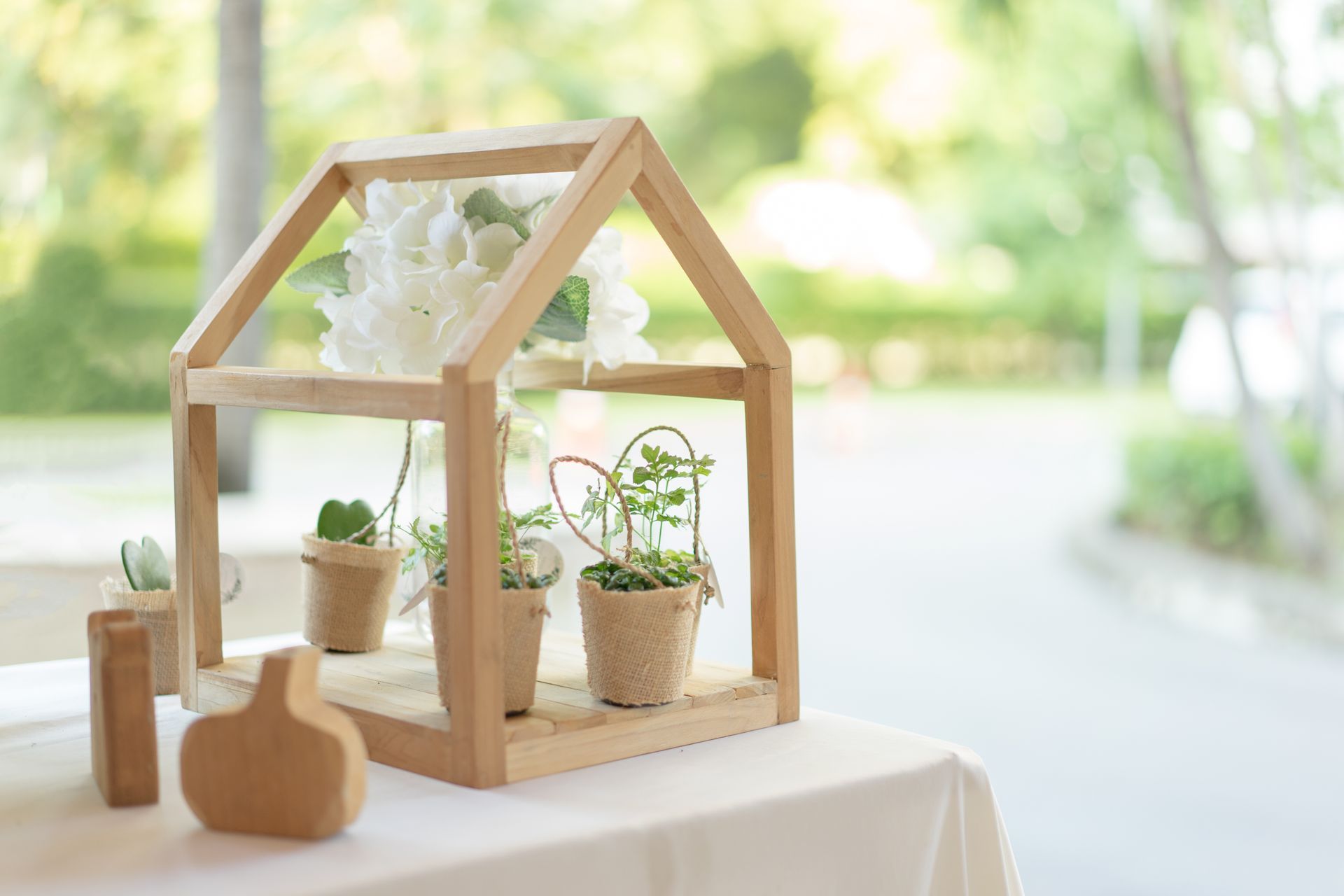
May 13, 2024
Living in a small space doesn't mean sacrificing style or functionality. With the right design strategies, even the most compact areas can feel spacious, efficient, and comfortable. Whether you’re in a cozy studio apartment or want to make the most of a small room in your home, these clever design tips will help you maximize every square inch. Embrace Multi-Functional Furniture Multi-functional furniture is essential for getting the most out of small spaces. These pieces serve dual purposes, reducing clutter and maximizing utility: Sofa beds save space in studio apartments by serving as seating during the day and transforming into beds at night. Ottomans with storage offer a place to rest your feet, additional seating, and hidden storage for blankets or books. Expandable dining tables can be adjusted to accommodate more guests when needed and save space when not in use. Utilize Vertical Space When floor space is limited, think vertically. Utilizing the height of your room can drastically increase your storage capacity and organizational efficiency: Tall shelving units take advantage of vertical space for storage and display items without taking up much floor space. Wall-mounted desks and tables can fold away when not in use, providing a workspace that doesn’t intrude into your living area. Hanging planters or wall-mounted vases bring greenery into your home without sacrificing counter or floor space. Opt for Light Colors and Mirrors Light colors and mirrors are a decorator’s secret weapon in small spaces: Light, neutral color schemes make spaces feel larger and brighter. Whites, creams, and light grays are excellent choices for walls, floors, and large furniture pieces. Mirrors reflect light and create the illusion of depth, making rooms appear larger than they are. Consider placing a large mirror opposite a window to maximize the effect of natural light. Smart Layout Choices Arranging your space can significantly affect how large it feels: Use area rugs to define different zones within a space, such as a seating area or dining area. This helps organize the space without needing physical dividers. Choose furniture that fits the scale of your space. Oversized sofas or tables can overwhelm a small room, so opt for pieces that suit the room’s size. Declutter and Organize A cluttered space always feels smaller: Keep surfaces clear and tidy. Use storage solutions like floating shelves or hidden cabinets to keep your belongings organized and out of sight. Regularly declutter. A smaller space can quickly feel cramped with just a few items out of place. Conclusion Living in a small space can be a delightful challenge that sparks creativity and innovation. By employing clever design strategies such as multi-functional furniture, using vertical space, and choosing the right colors and layouts, you can create an open, airy, and inviting space. Remember, the goal in small-space design is to maximize space and enhance its comfort and appeal, making your compact living area a place you love to call home.

April 8, 2024
Open-plan living spaces have surged in popularity, reflecting modern homeowners' desire for more fluid, flexible, and interactive environments. This architectural trend, which eschews traditional compartmentalized room layouts in favor of open, airy spaces that blend living, dining, and kitchen areas, has become synonymous with contemporary living. If you're considering transforming your home into an open-plan layout, planning and execution are key to achieving a cohesive, functional, and aesthetically pleasing space. Here’s how to navigate the transition. Understanding the Appeal of Open-Plan Living Before renovating, it’s important to appreciate why open-plan living has become desirable. These spaces offer numerous benefits, including improved natural light, enhanced social interaction, and a greater sense of spaciousness. They also provide the versatility to adapt the space for different uses, whether hosting large gatherings or enjoying everyday family life. Planning Your Open-Plan Renovation Assess Structural Considerations The first step in creating an open-plan space is to assess the structural implications of removing walls. This often involves consulting with an architect or structural engineer to ensure that any walls to be removed are not load-bearing or that appropriate support, such as RSJs (Rolled Steel Joists), is incorporated to maintain the building's integrity. Zoning Your Space One of the challenges of open-plan living is creating distinct functional zones within a larger space. Strategic placement of furniture, changes in flooring or ceiling heights, and the use of color or lighting can all help delineate areas without physical walls. Ensure Cohesive Design With open-plan spaces, the design elements must be cohesive across the different zones to create a unified look and feel. This includes consistent flooring, complementary color schemes, and matching or coordinating materials and finishes. Lighting and Acoustics A well-designed open-plan space requires careful consideration of lighting and acoustics. Layered lighting solutions can help define different areas and create the right ambiance, while materials such as rugs, curtains, and soft furnishings can help manage sound levels. Executing Your Open-Plan Renovation Selecting the Right Team Choosing the right contractors and specialists is crucial to the success of your renovation project. Look for professionals with experience in open-plan conversions and ensure they understand your vision. Managing the Process Stay actively involved in the renovation process. Regular site visits and open communication with your contractor can help ensure that any issues are promptly addressed and that the project stays on track. The Finishing Touches The final step in creating your open-plan space is selecting furniture, fixtures, and accessories that enhance the functionality and aesthetic of your new layout. Opt for pieces that complement the overall design and provide flexibility to accommodate various activities. Conclusion Transitioning to an open-plan living space can dramatically transform your home, creating a more versatile, light-filled, and sociable environment. You can achieve a seamless blend of beauty, functionality, and modernity by carefully planning and executing your renovation project. Remember, the success of an open-plan layout lies in its ability to adapt to its occupants' evolving needs and lifestyles, making your home not just a place to live, but a space to thrive.

February 12, 2024
In today's environmentally conscious world, sustainable living has become a crucial part of our daily lives, extending into how we remodel and renovate our homes. Making eco-friendly choices doesn't mean compromising on style or luxury. With innovative materials and energy-efficient designs, it's possible to create a home that's both beautiful and kind to the planet. Here are some sustainable home renovation ideas to help you achieve that perfect balance. Choose Sustainable Materials Bamboo and Cork Flooring Forget traditional hardwoods and consider bamboo or cork for your flooring needs. Bamboo grows much faster than hardwood trees, making it a sustainable option. Cork, conversely, is harvested from the bark of cork oak trees without harming the tree itself, providing excellent insulation. Recycled or Reclaimed Wood Opt for recycled or reclaimed wood for a rustic charm or a touch of warmth. Not only does this prevent further deforestation, but it also adds history and character to your home. Low-VOC Paints Volatile Organic Compounds (VOCs) are harmful to the environment and can also affect your health. Choosing low-VOC or VOC-free paints ensures cleaner indoor air quality and a safer home environment. Energy-Efficient Design Maximize Natural Light Design your space to maximize natural light, reducing the need for artificial lighting during the day. Consider installing skylights or larger windows, especially in darker areas of your home. Smart Insulation Investing in high-quality insulation and energy-efficient windows can dramatically reduce your energy consumption by keeping your home warmer in the winter and cooler in the summer. Solar Panels While the initial investment can be significant, solar panels reduce your electricity bills and carbon footprint. Many governments offer incentives and rebates for solar panel installations, making them a more accessible option. Water Conservation Low-Flow Fixtures Replacing your toilets, showerheads, and faucets with low-flow versions can significantly reduce water usage without affecting your comfort. Rainwater Harvesting Systems Consider installing a rainwater harvesting system to collect rainwater for outdoor use. This can be particularly useful for watering plants, landscaping, and even for some household applications when properly filtered. Eco-Friendly Landscaping Native Plants Choose native plants for your garden as they require less water, pesticides, and fertilizers. They are also more resistant to local pests and diseases. Permeable Paving Opt for permeable paving options for driveways and walkways to allow rainwater to seep through and reduce runoff, which can harm local waterways. Reduce, Reuse, Recycle Donate or Sell Old Materials Before you start demolishing, consider what materials can be donated or sold. Many old fixtures, cabinets, and appliances can find a new life elsewhere, reducing waste. Repurpose with Purpose Get creative with old materials. Wood from old structures can be repurposed into stunning new furniture pieces or decorative elements. Conclusion Sustainable renovations are not just about reducing your environmental footprint but also about creating a healthier, more efficient, and ultimately more comfortable living space. By choosing eco-friendly materials, implementing energy-efficient designs, and being mindful of resource usage, you can enjoy a stylish home that aligns with your values. Remember, every small step towards sustainability makes a difference, and your home renovation project is a fantastic place to start.


